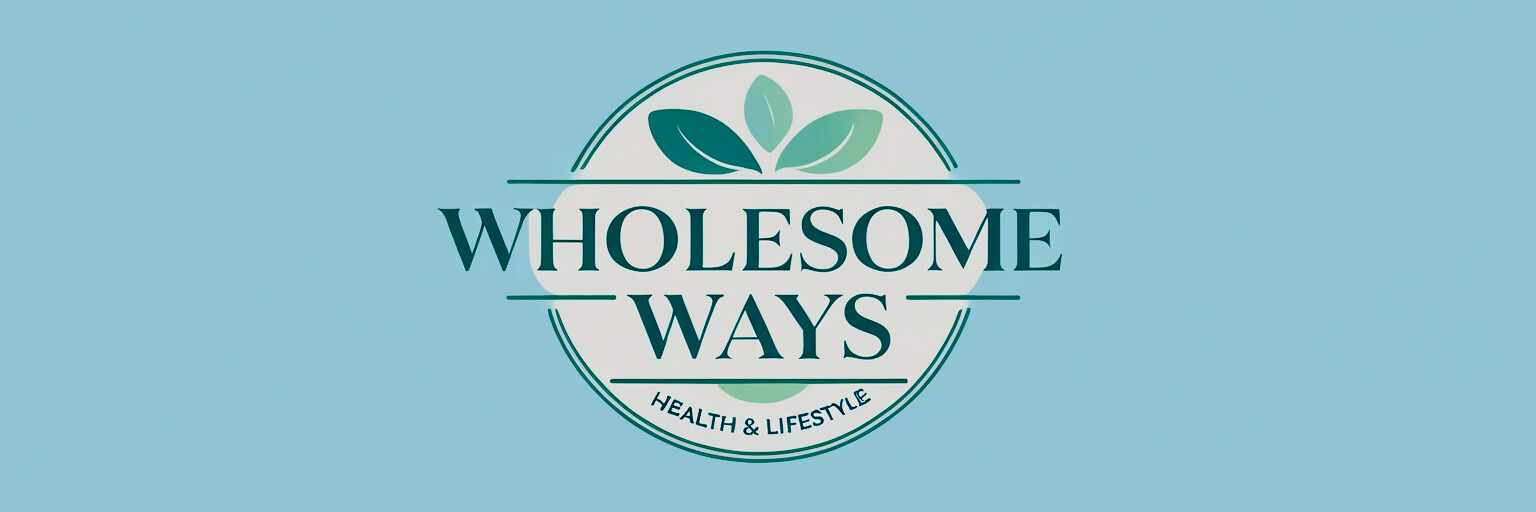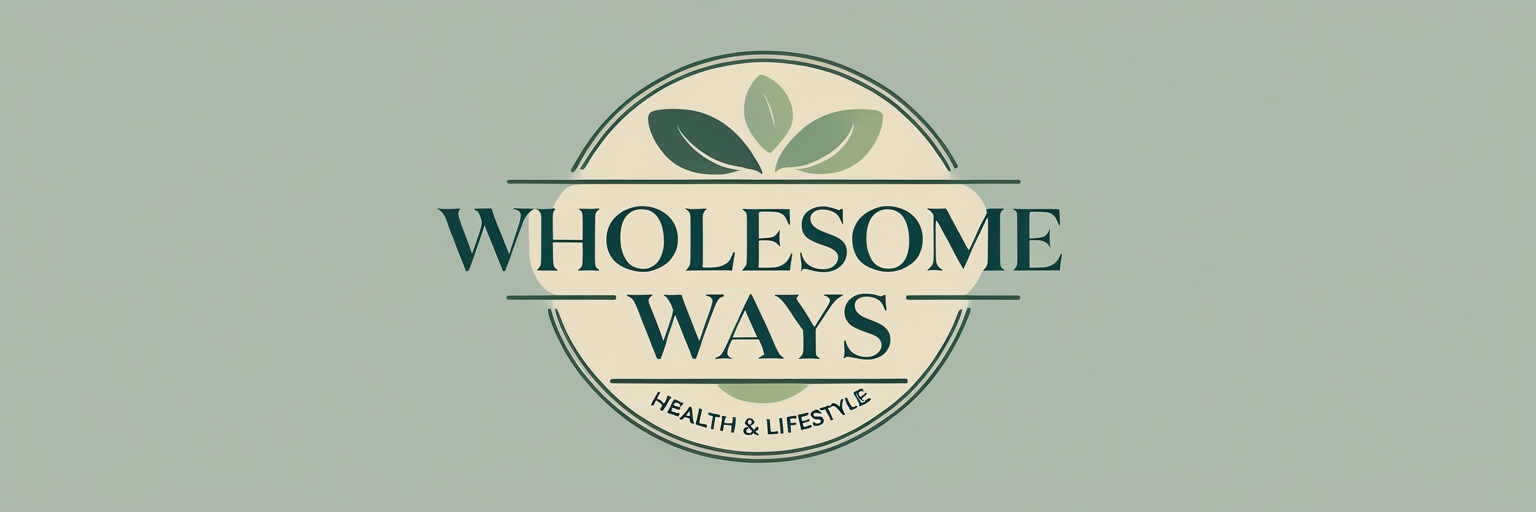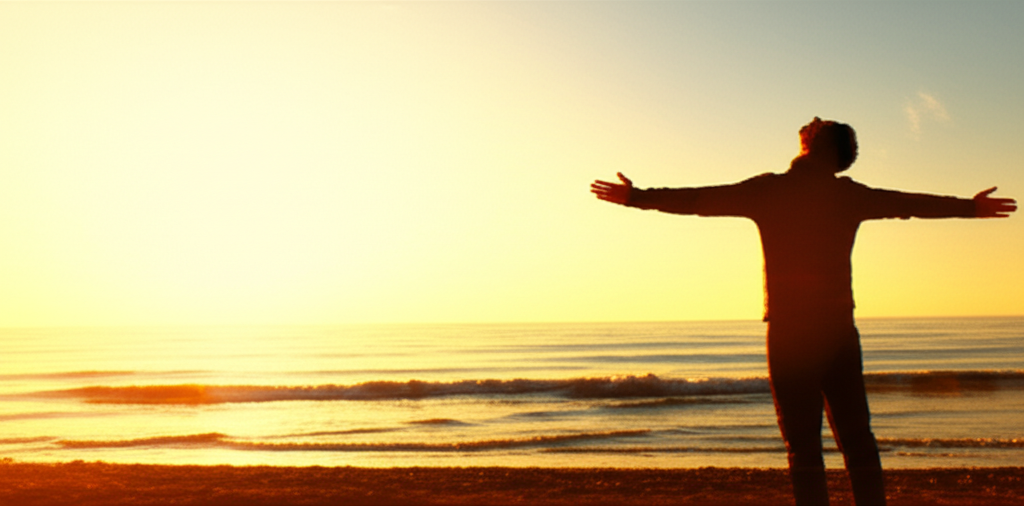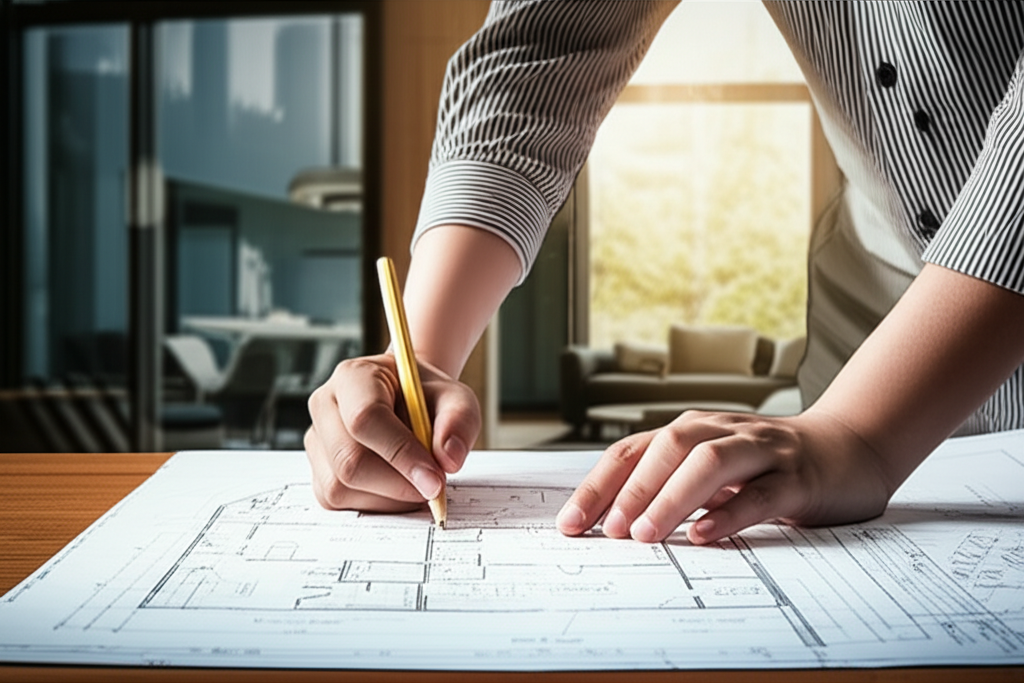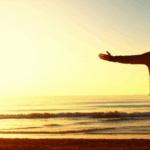Now Reading: Simple Physical Release Techniques for Stress
-
01
Simple Physical Release Techniques for Stress
Simple Physical Release Techniques for Stress
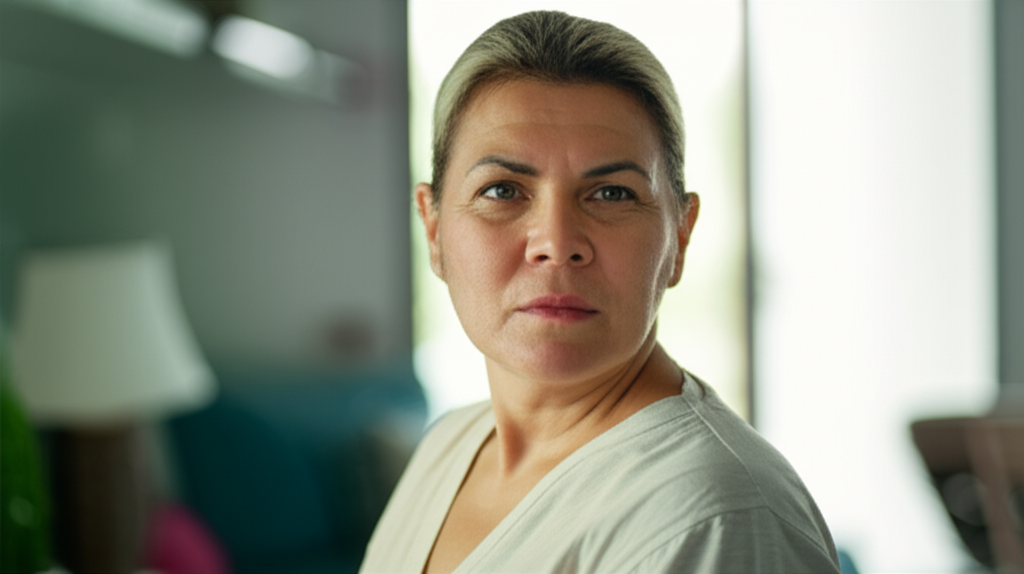
We’ve all heard the advice: when stress hits, take a deep breath. And while mindful breathing can certainly be a powerful and wonderful tool, sometimes it feels like just scratching the surface, doesn’t it? You might find yourself still holding tension in your shoulders, clenching your jaw, or feeling a restless energy buzzing beneath your skin. That’s because stress isn’t just a mental state; it’s a deeply physical experience that lives within our bodies.
Our bodies are incredibly intelligent, and they hold onto so much – not just physical tension, but often the echoes of our emotional experiences. When we face stress or perceived threats (whether real or imagined), our ancient “fight, flight, or freeze” response kicks in, preparing us for action. But in modern life, we rarely get to actually run or fight off the “threat.” So, that activated energy, those stress hormones, those tightened muscles? They often get stored right there in our tissues, leaving us feeling “on edge” or perpetually braced. This is why addressing stress physically, rather than just mentally, can be incredibly effective for truly releasing it and finding a deeper, more sustainable sense of calm.
If you’re looking to move beyond traditional breathing exercises and discover new, accessible ways to unwind, you’ve come to the right place. This guide offers simple, evidence-based physical release techniques for stress that can help you gently release tension, calm your nervous system, and reclaim your peace. Think of me as your supportive friend, guiding you through practices that honor your body’s wisdom.
Understanding How Stress Manifests Physically
Have you ever noticed how your body responds when you’re under pressure? Maybe your shoulders creep up to your ears, your jaw feels tight, your stomach churns, or your hands clench. These are all common physical manifestations of stress. Our bodies literally brace for impact, tightening muscles, quickening breath, and preparing for an emergency that, thankfully, rarely comes to fruition in a physical way.
This prolonged state of physical discomfort can lead to chronic aches, headaches, fatigue, and that persistent feeling of being “on edge.” The concept of “stored” tension or emotions in the body suggests that these unreleased energies and experiences can get stuck in our muscles, fascia (the connective tissue surrounding muscles), and nervous system. While emotions are processed in the brain, their physical impact reverberates throughout our entire being. It’s as if our body holds onto the memory of past stresses, making it harder to fully relax.
By engaging in somatic stress release techniques – practices that connect mind and body – we give our bodies a pathway to discharge this accumulated energy. It helps us complete the natural stress cycle that was interrupted, allowing us to process and let go of what we no longer need to carry. It’s about truly listening to your body’s subtle cues and giving it what it needs to find profound relief.
Foundational Physical Release Techniques
Let’s start with some powerful, structured practices that build body awareness and gently guide you into a state of deep relaxation. These are wonderful ways to gently introduce your body to the idea of letting go.
Progressive Muscle Relaxation (PMR)
- What it is: Progressive Muscle Relaxation (PMR) is a fantastic, straightforward technique where you systematically tense and then relax different muscle groups throughout your body. The core idea is that by intentionally tensing a muscle for a short period, you become much more aware of what tension feels like, making it easier to identify and consciously release it. It’s like training your body to recognize its own “off” switch!
- How to do it (step-by-step): Find a quiet space where you can lie down or sit comfortably without interruption. Take a few gentle, calming breaths to prepare.
- Start with your feet. Curl your toes tightly, really squeezing the muscles in your feet and feeling that tension. Hold for 5-7 seconds.
- Now, completely relax your feet. Notice the sensation of release, the warmth, the heaviness. Allow them to be soft and loose for 20-30 seconds, truly savoring that relaxation.
- Move up to your calves, then thighs, glutes, abdomen, chest, arms, hands, shoulders, neck, face, and jaw. For each area, tense for 5-7 seconds, then fully release for 20-30 seconds.
- Pay special attention to areas where you often hold body tension, like your shoulders or jaw. Take extra time there if it feels good.
- Once you’ve gone through your entire body, take a moment to notice the overall feeling of relaxation.
- Benefits: PMR is a proven physical relaxation technique that significantly helps increase body awareness, provides immediate relaxation, and can wonderfully improve sleep quality by calming your whole system.
Body Scan Meditation
- What it is: A Body Scan Meditation is a beautiful mindfulness practice that involves bringing your awareness to different parts of your body, noticing any sensations without judgment. It’s not about changing anything, but simply observing and allowing what is. It helps you get present with your body, just as it is.
- How to do it (guided steps): Lie down comfortably on your back, or sit upright in a chair with your feet flat on the floor. Close your eyes if comfortable, creating a gentle internal space for yourself.
- Begin by bringing your attention to your breath, noticing the gentle rise and fall of your abdomen. Let your breath be soft and natural.
- Now, gently bring your awareness to your toes. Notice any sensations there – warmth, coolness, tingling, pressure, or perhaps nothing at all. Just observe, without trying to change anything.
- Slowly and kindly, move your awareness up through your feet, ankles, calves, knees, thighs, hips, and pelvis. Take your time with each area.
- Continue up your torso: lower back, abdomen, chest, upper back, shoulders, arms, hands, neck, and finally your face and head.
- As you bring attention to each area, simply notice what’s there. If you find tension, acknowledge it with a gentle curiosity, and if it feels right, invite it to soften with your out-breath, but never force it.
- After scanning your entire body, rest in the awareness of your whole body breathing, feeling grounded and present.
- Benefits: This practice is excellent for heightening awareness of physical tension, grounding yourself in the present moment, and can significantly reduce overall stress and help manage anxiety. It fosters a deeper connection with your inner experience.
Active Movement & Stretching for Stress Release
Sometimes, what your body truly needs is to move the energy of stress right out. These techniques help you literally shake off tension and create space within your body, allowing that pent-up energy to find its release.
Dynamic Movement (Shaking, Wiggling, Gentle Dancing)
- Why it works: Think about animals in the wild after a stressful encounter – they often shake their bodies vigorously to release pent-up energy and complete the stress cycle. This isn’t just a quirk; it’s a natural, built-in mechanism! We, too, can benefit from this primal response. Dynamic movement helps release adrenaline and cortisol, shifting stagnant energy and preventing that “stuck” feeling that stress often leaves behind.
- Simple techniques:
- Whole-body shaking: Stand with knees slightly bent and feet hip-width apart. Gently shake your hands, then your arms, then let the shaking move through your torso, legs, and feet. You can even bounce lightly on the balls of your feet. Let it be loose, free, and even a little silly!
- Gentle swaying: Stand or sit comfortably and gently sway your body from side to side, or in a figure-eight motion. Imagine you’re a tall, flexible tree swaying in a gentle breeze – relaxed and rooted.
- Free-form movement: Put on some music that truly makes you want to move. Allow your body to move however it wants – no judgment, no choreography, just pure, joyful, or even releasing, expression. Let your body lead.
- Benefits: This kind of shaking for stress relief directly helps to discharge excess adrenaline and cortisol, shifts your energy, and can prevent the feeling of being “stuck” or frozen by stress. It’s a fantastic, primal somatic stress release practice.
Targeted Stretching for Tension Hotspots
- Why it works: Our bodies often hold stress in specific areas like the neck, shoulders, and hips – these are common “storage zones” for emotional and physical tension. Targeted tension release stretches help to lengthen tight muscles, improve circulation, and create more space, signaling to your nervous system that it’s safe to relax and let go.
- Specific Stretches (with brief instructions/descriptions):
- Neck and Shoulder Rolls/Stretches: Gently roll your shoulders forward and back, feeling the movement. Then, slowly tilt your head to one side, bringing your ear towards your shoulder (don’t force it – listen to your body). Hold gently, then switch sides. You can also gently roll your head from side to side in a half-circle motion.
- Chest Opener: Stand or sit tall. Clasp your hands behind your back, palms facing each other (or grab opposite elbows if clasping is too much). Gently pull your shoulders back and down, lifting your chest and feeling a nice opening. This helps counteract hunched shoulders from computer work or stress.
- Spinal Twists (seated or standing): Sit tall, inhale and lengthen your spine as if a string is pulling you gently upwards. On an exhale, gently twist to one side, looking over your shoulder. Use your core muscles to initiate the twist, not just pulling with your hands. Repeat on the other side.
- Child’s Pose (Balasana): Kneel on the floor, big toes touching, knees wide (or together if that’s more comfortable). Fold forward, resting your torso between or on your thighs. Reach your arms forward or rest them alongside your body. This is a deeply comforting and grounding pose that eases the back and hips.
- Forward Folds (e.g., Ragdoll): Stand with feet hip-width apart, knees slightly bent (this is key to protect your lower back). Hinge at your hips and fold forward, letting your head and arms hang heavy. Shake your head “yes” and “no” gently to release neck tension. Imagine all your worries draining out through the crown of your head.
- Lying Glute/Figure-Four Stretch: Lie on your back, knees bent, feet flat on the floor. Cross one ankle over the opposite knee, forming a “figure four” shape. Reach through and gently pull the bottom thigh towards your chest. This is great for hip tension, which can be a major stress holder for many of us.
- Tips: Always listen to your body – stretches should feel like a gentle release and ease, not pain. Don’t force yourself deeper than what feels comfortable. Integrating these into your daily routine, even for a few minutes, can make a significant difference in your daily stress management.
Mindful Movement (Yoga, Tai Chi, Mindful Walking)
- Why it works: These practices beautifully combine physical activity with mindfulness, promoting a deeper mind-body connection. They help regulate your nervous system, reduce stress hormones, and increase feelings of calm, groundedness, and body awareness. They invite you into a flow state where stress can simply melt away.
- Examples:
- Gentle Yoga: Focus on slower, flowing sequences (like Hatha or Restorative Yoga) where movement is synchronized with breath. Holding poses allows for deeper tension release and can be incredibly effective for reducing stress and cultivating inner peace.
- Tai Chi/Qigong: Characterized by slow, continuous, and graceful movements. These practices calm the nervous system, improve balance, and cultivate internal energy (often called Qi), leading to profound relaxation and a sense of centeredness.
- Mindful Walking: More than just a stroll, mindful walking involves paying attention to the sensations of your feet on the ground, the rhythm of your steps, the feel of the air on your skin, and the sights and sounds around you – all without judgment. It’s a moving meditation that helps you feel fully present.
- Benefits: Regular mindful movement can lead to improved mood, reduced cortisol levels, and an enhanced sense of groundedness and inner peace. It’s a powerful way to integrate physical and mental well-being.
Self-Massage & Touch for Instant Relief
Sometimes, all it takes is a little comforting touch to shift your state. Self-massage is a powerful and accessible way to provide immediate, localized physical methods for stress relief, offering a wonderful moment of self-care.
Hand and Foot Massage
- Why it works: Your hands and feet are packed with nerve endings and reflex points that can influence other areas of your body. Gentle pressure and rubbing can soothe the nervous system, reduce heart rate, and provide instant comfort – it’s a quick reset button for your whole system.
- Simple techniques:
- Hand massage: Use your thumb to knead the palm of your opposite hand, focusing on the fleshy pad at the base of your thumb. Work your way through each finger, gently pulling from base to tip. Give yourself a few moments of mindful appreciation for your hard-working hands.
- Foot rub: Take off your shoes and socks. Use your thumbs to rub the arches of your feet, or for an easy release, roll your foot over a tennis ball or golf ball, applying gentle pressure. This can feel surprisingly good after a long day!
- Benefits: Instant relaxation, a noticeable reduction in heart rate, and a soothing sense of being cared for, all from your own loving hands.
Face and Jaw Release
- Why it works: Many of us unconsciously clench our jaw or tense our facial muscles when stressed, leading to headaches, jaw pain, and even TMJ issues. Gently releasing these areas can bring immense relief and soften your entire demeanor.
- Simple techniques:
- Jaw massage: Place your fingertips on your jaw muscles (just below your cheekbones, in front of your ears). Gently massage in small circles or up and down motions. Open and close your mouth slowly a few times, letting your jaw relax.
- Eye muscle relaxation: Gently cup your palms over your closed eyes, blocking out light. Breathe deeply, allowing the darkness and warmth to soothe your tired eyes. Or, gently rub your temples in small circles with your fingertips.
- Benefits: Can relieve tension headaches, reduce jaw tension, and promote overall facial and mental relaxation, helping you look and feel more at ease.
Integrating Physical Release into Your Daily Life: Your Personal Toolkit
The true beauty of these techniques is their accessibility. You don’t need a yoga studio, a fancy therapist, or hours of dedicated time to practice them. The power lies in consistency – small, regular practices woven into your day are often far more effective than infrequent, long sessions. Think of it as building a muscle for calm and resilience, one gentle movement at a time.
There’s no one-size-fits-all solution for stress relief beyond breathing. I encourage you, my friend, to experiment with different techniques and see what truly resonates most with *your* body. Maybe a quick dynamic shake before a big meeting to release nervous energy, a few neck and shoulder tension stretches while waiting for your coffee, or a short body scan meditation before bed to unwind. You might even find that combining techniques, like a brief self-massage followed by a mindful walk, works wonders for your calm nervous system.
Remember to approach this journey with self-compassion and non-judgment. Some days you’ll feel more connected to your body than others, and that’s perfectly okay. The goal isn’t perfection, but rather fostering a deeper mind-body connection and building your personal toolkit for emotional regulation and resilience. It’s about giving yourself permission to feel, to release, and to find more ease.
Embrace Your Body’s Wisdom
Beyond the deep breaths, there’s a whole world of physical release waiting for you, right within your own incredible body. By honoring your body’s need to move, stretch, and release, you’re not just managing stress – you’re actively creating space for more ease, joy, and holistic well-being in your life. You’re signaling to your entire being that it’s safe to relax, to feel, and to heal. Give yourself permission to explore these simple, yet profound, ways to unwind your body and find your calm. Your body is truly your greatest ally in this journey.
What’s your go-to physical release technique? Or perhaps you’ve discovered a new one today that you’re excited to try? Share in the comments below – let’s inspire each other!
